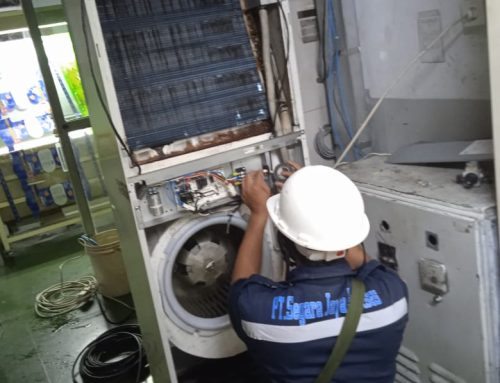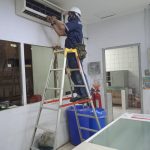Tips on Using AIR CONDITIONERS To Save Electricity – It feels uncomfortable if our activities are often indoors and do not use air conditioning.In addition to providing comfort so that we feel at home for a long time in a room, air conditioning is also known as effective air circulation so that the air we breathe remains clean and healthy.
Behind it gives comfort, there is an impact that we do not like, namely the amount of electrical power used.So this will make the monthly expenses to pay electricity bills enough to spend quite deep.
But you are calm, because on this occasion I will try to share tips on using air conditioning to save electricity, which determines this will slightly reduce your distribution to pay electricity bills every month if you really follow the following tips.
- Determine the Size of the AC That Suits the Room The size of the AC must match the room to be installed by the AC.Do not let the capacity of the AC is too small so that the cold is not maximal, or vice versa if it is too large of course the electricity needed will be more and more.
- Placing an AIR CONDITIONER in a closed room is also one step to save electricity for ac.Because if placed in an open room or doors that often open will require machine work long enough to be able to cool the room.So the engine can not standby and will continue to turn on of course this will require more electrical power.Unless the room is for public places, such as offices, people will change that come and go.Of course this is very unlikely if you want to save electricity on the AC.
- Standard temperature setting on the remote is 20″C, because if it is too high it can make the engine quickly die / stundby.So that the compressor will also start more often, of course at the start time this requires more electrical power than when the engine is on.But this does not mean you should not set a temperature lower below 20″C.You can use the lowest temperature so that the room cools faster, then later if it feels cold you just increase the temperature temperature.







Leave A Comment